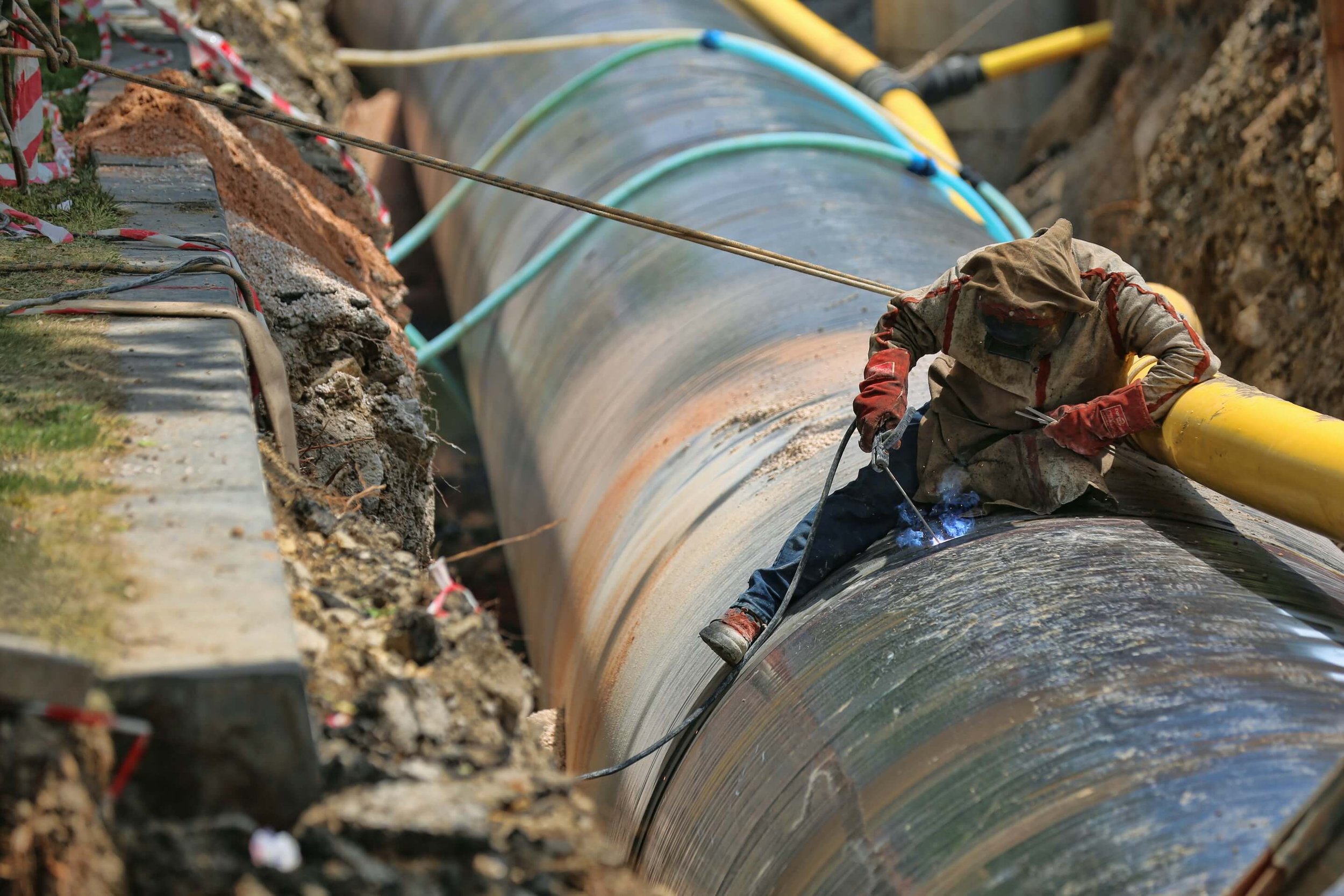
Defect Assessment Training
Duration: 2 Days
Course Overview
Given the increasing age of the pipeline networks within the UK, it is becoming increasingly important for operators to demonstrate the safe operation of assets and secondly for the regulator to understand best practice in fitness for service assessment methods. Secondly it will be important to understand key issues that arise when operators adopt these approaches and to effectively regulate and ensure compliance with the Pipeline Safety Regulations. At present approximately 25% of UK offshore pipelines have exceeded their design life.
In addition, the biggest causes of incidents to the UK’s onshore pipeline network is third party damage. Where damage is found on pipelines, operators have a choice between (i) de-rating (ii) installing a new pipeline or (iii) repairing the damaged area. An effective decision can only be made using accurate information on the design, inspection data and past/future operation of the asset. Defect assessment is part of the process in deciding on items (i) to (iii) and must be undertaken using appropriate industry methods and accurate information.

Who Should Attend?
This course will be suitable for pipeline Engineers, Managers, QHSE personnel and Regulators who are looking to gain further experience and understanding of Pipeline Defect Assessment.
What We’ll Cover
Pipeline CC can provide a 2-day introductory course on pipeline defect assessment course which would provide attendees with the following key deliverables:
Industry Methods
Understanding of Industry methods used for pipeline defect assessment.
Assessment Process
Understanding of the required information needed as part of the assessment process.
Regulatory Considerations
Understanding of how defect assessment and condition assessment of pipelines overlaps with the Regulatory Considerations.
Course Content
-
• Effective Area Methods
• UTS Flow Stress Methods
-
• Definition of safety factors and repair criteria
• Axial assessment of corrosion
• Circumferential Assessment
• Exercise 1
-
• Types of Dents
• Static Assessment methods/guidance
• Exercise 2
• Dynamic Assessment of Dents
• Significance of manufacturing features
-
-
• Case Study
• Comparison of assessment techniques
-
• S-N Fatigue Approach
• Fracture Mechanics Approach
-
• Compliance with the Pipeline Safety Regulations

